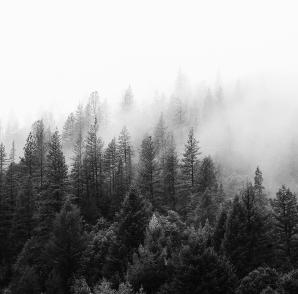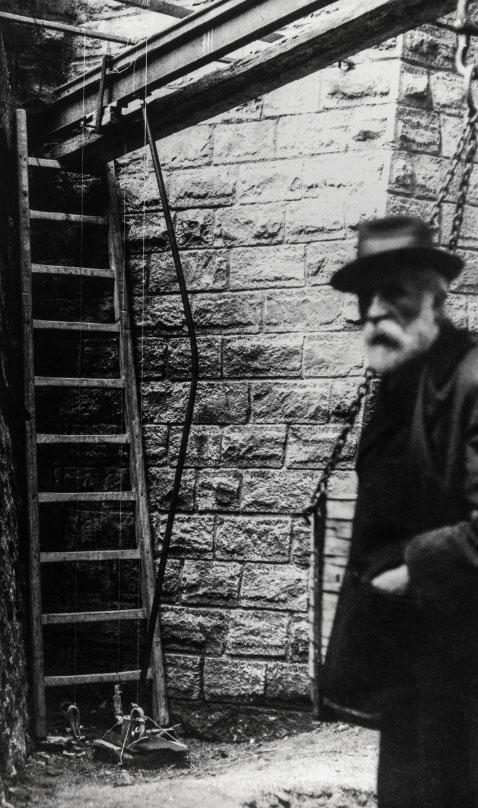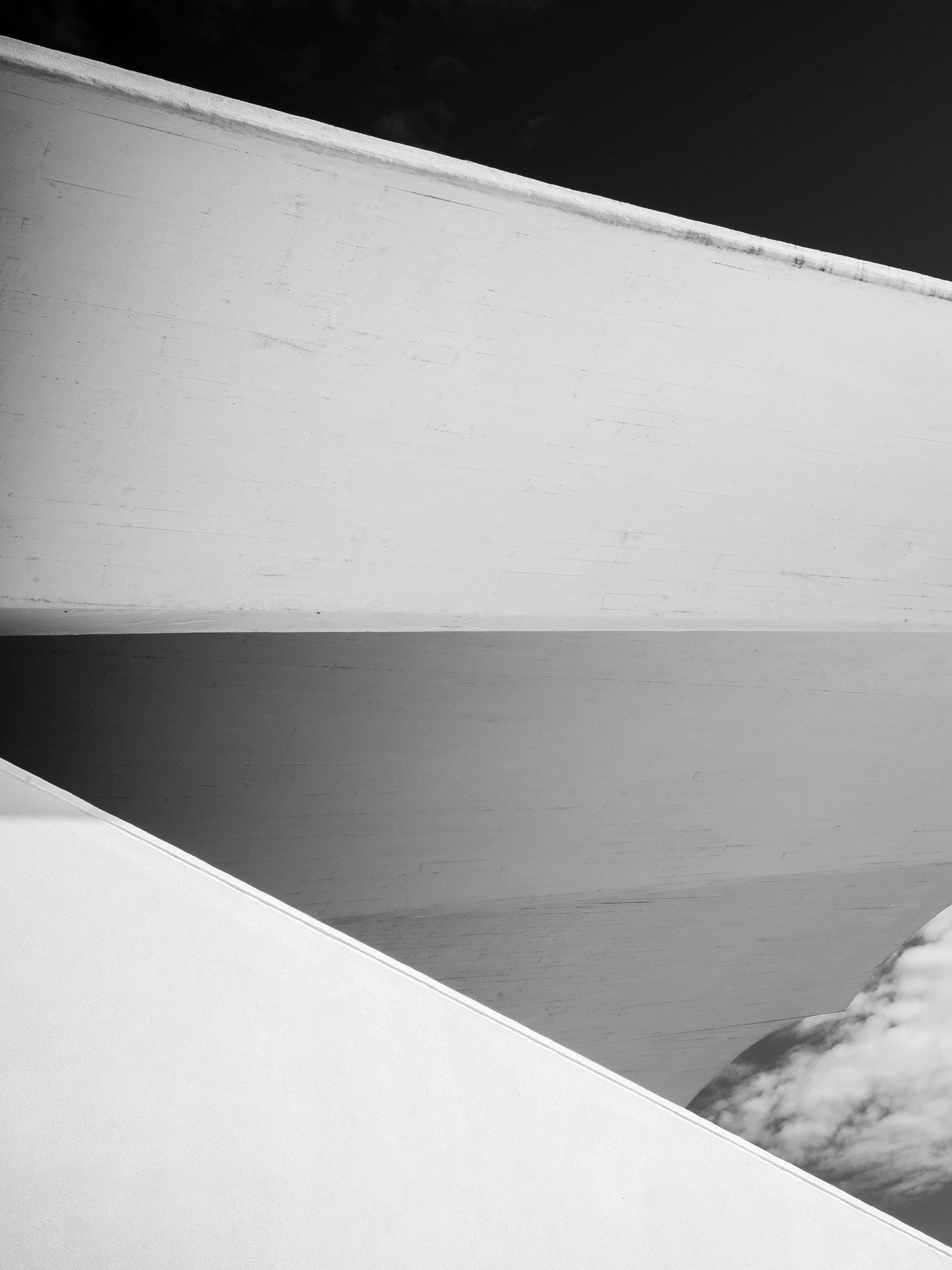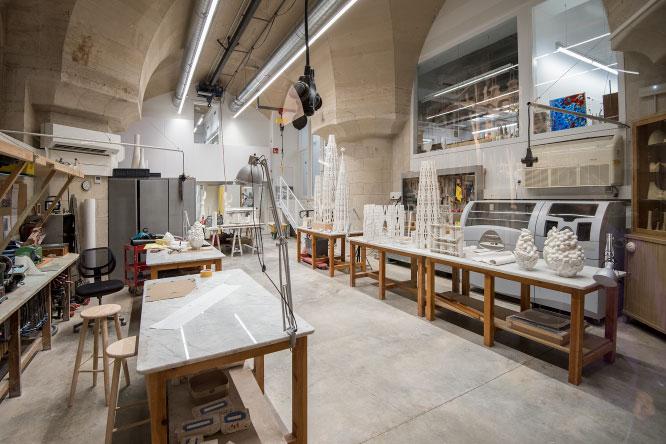confess the tectonics, after all the plastering let itself get formed too. New conception of architecture was sought for, which did lead to the splitting of form and content. Material and structural essence of the building became a free canvas, aimed to independent up to visual expression. A free space for formal experiments emerged, independent from architecture style. New was also the fact, that the function of an architect and engineer were split up and were clearly distinguished, and so did the visual and technical draft of a project. At the beginning of the century a new generation of architects emerged, who tried to dissociate themselves sharp from their predecessors, from the history of academic models. Wiener Secession represents the splitting of young painters and sculptors from official art union, German Jugendstil – the style of young people who were inspired by the magazine Die Jugend, English Modern Style, french Art Noveau – new art. Different names in different countries, but everywhere the same base.
ANTONI GAUDÍ the architect as sculptor
One of the most significant exponent of these times, Catalonian Antoni Gaudí, is very often mentioned as a Secession architect. Which certainly he was strongly inspired by, but his work is based on gothic principles with original constructive solutions based on knowledge of fractal geometry, with the impact of oriental art. He developed his unique organic style highly influenced by natural forms, symbolism, and emotions. The method of his work is rarely based on detailled plan drawing, but rather on trial and error system preferring to create scale models of plaster, which were very important aspect of his personal design process. Today´s architects continue in his footsteps, but nowaydays with the help of new technology such as 3D printing and robotic fabrication. To do things right, first you need love, then technique. Antoni Gaudí
39














